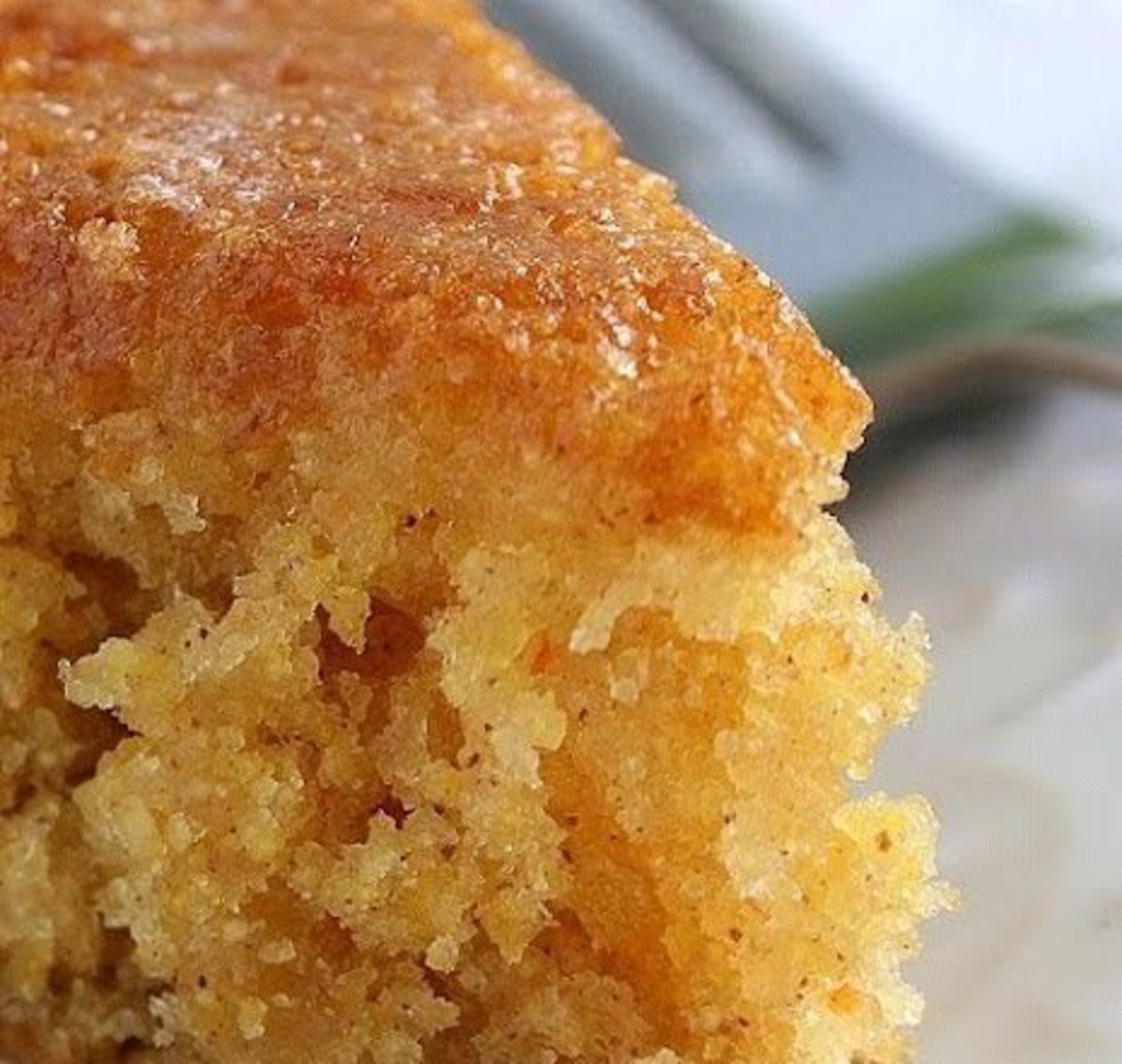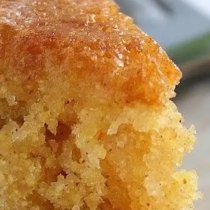
Sister Eulalia's Cornbread
Here is a recipe from one of the older Sisters who worked many years in the St. Rose kitchen. It's a nice fall/winter recipe.
Ingredients:
1/2 C fat (used bacon grease) Vegetable oil is a good substitute.
1/2 C sugar
2 eggs
1 C cornmeal
1 Cup flour
2 T baking powder
1/2 tsp salt
3/4 C milk
Directions:
- Preheat oven to 375 degrees Fahrenheit
- Grease and flour a 9” x 9” pan
- In a medium bowl, combine fat and sugar. Add eggs and set aside.
- In a separate bowl combine dry ingredients: flour, baking powder, and salt.
- Add dry ingredients to the fat, sugar, egg mixture, alternating with the milk
- Bake in prepared pan for 30 to 35 minutes. Poke a knife in the center and if it comes out clean, it's done!
Story:
Many of us did not know Sister Eulalia, yet her cornbread is remembered long after she has passed from our midst! When we make something with love, the gift and the love it embodies is present.
Memory and love linger. Christians believe that love never dies. In this recipe, remember a “house” Sister who fed and cleaned for a whole community of Sisters so that they could minister. Do you have food memories of loved ones, of a person who prepared a meal so you could be nourished in a time of need? Thank someone this week for gifts made with love. Remember them as we recall Sister Eulalia and are reminded to put love into small acts like cooking, shopping and homemaking for one or for a household.
Corn Facts:
- Archeologists discovered evidence of corn that grew wild near modern-day Mexico City as early as 7,000 years ago.
- Maize began as wild grass. Seeds clung to its stalk and over time farmers selected seeds from the best ears to breed a food more like what we think of as corn today.
- Christopher Columbus described maize kernels as “affixed by nature in a wondrous manner and in form and size like garden peas.” Native to middle America, corn had never been seen by Europeans. They didn’t know how to use or grow it until natives shared their knowledge of a food source that was their sacred sister.
- Wide-ranging trading routes brought maize to other tribes. The Iroquois dried and pounded its kernels into flour and made a paste by adding water. Sometimes nuts or berries were added. Small loaves of this paste were cooked in boiling water until they floated like dumplings. The dough was also baked or fried in oil pressed from sunflower seeds.
- By adding wheat flour from the old world and sweeteners like maple syrup, molasses or honey, settlers built on the basics. When available, eggs and yeast improved this staple grain.
- The use of cornmeal was important to enslaved people because flour was not often available to them. Cornbread biscuits, hoecakes (fire-roasted on the back of a clean shovel), spoon bread and corn grits were ways that poor families of all walks of life valued corn as a sustaining food. It is a favorite in the Southern and Northern states. Corn remains a sacred basic to Native peoples and throughout Central and South American cultures in the form of tortillas, tamales, corn cakes, pozole, hominy and more.
The tidbits above are adapted from delishably.com, which is also the source of the cornbread photo.
If you would like to be notified when we share new recipes, be sure to scroll to the bottom, provide your email address, check the box confirming you are not a robot, click on a few photos to prove it and click subscribe! You will then receive an email after each new post. Remember, we're always looking for new recipes, so keep sending them to ecopact@fspa.org!





Post a Comment